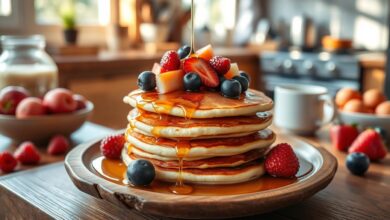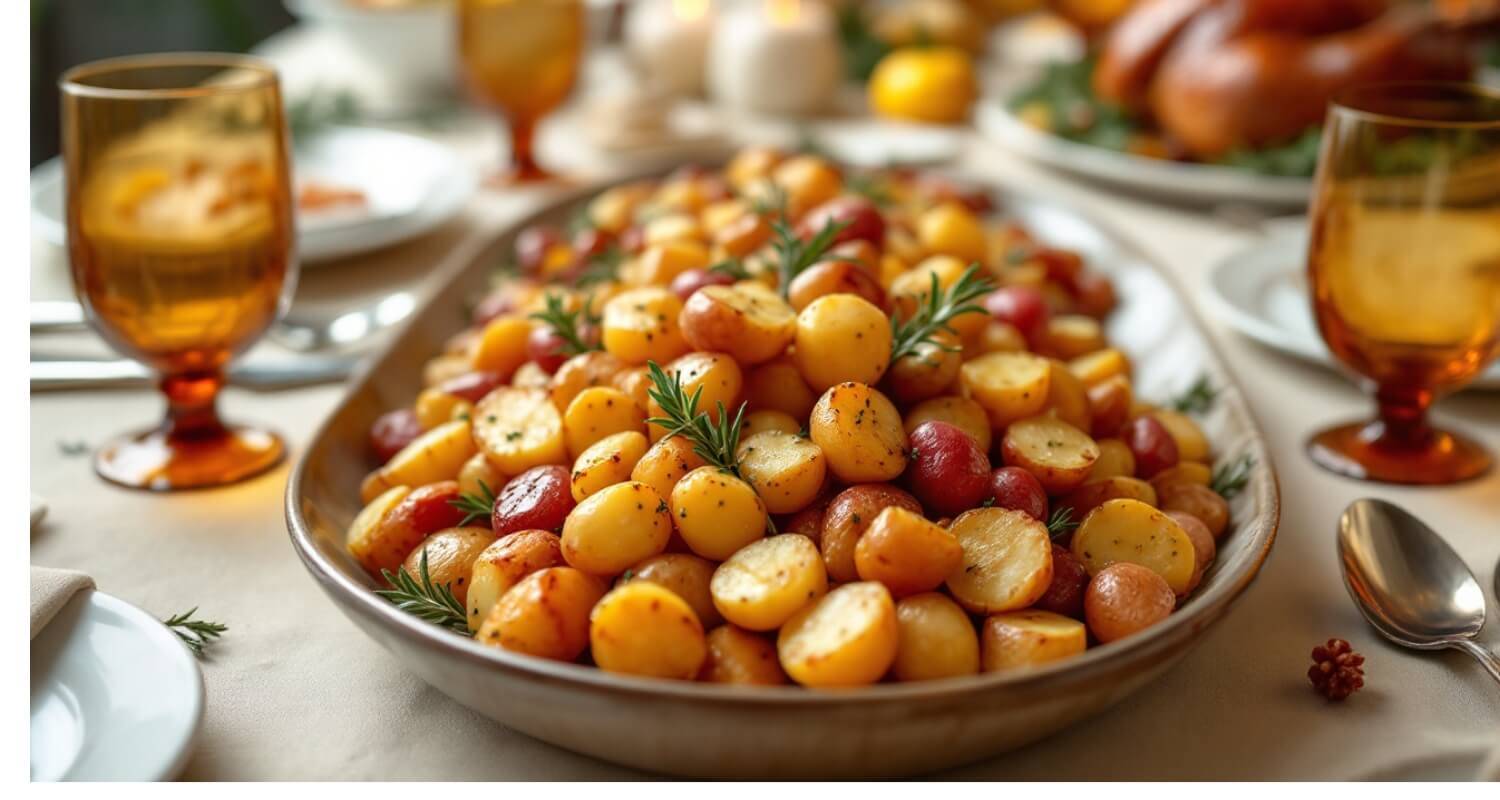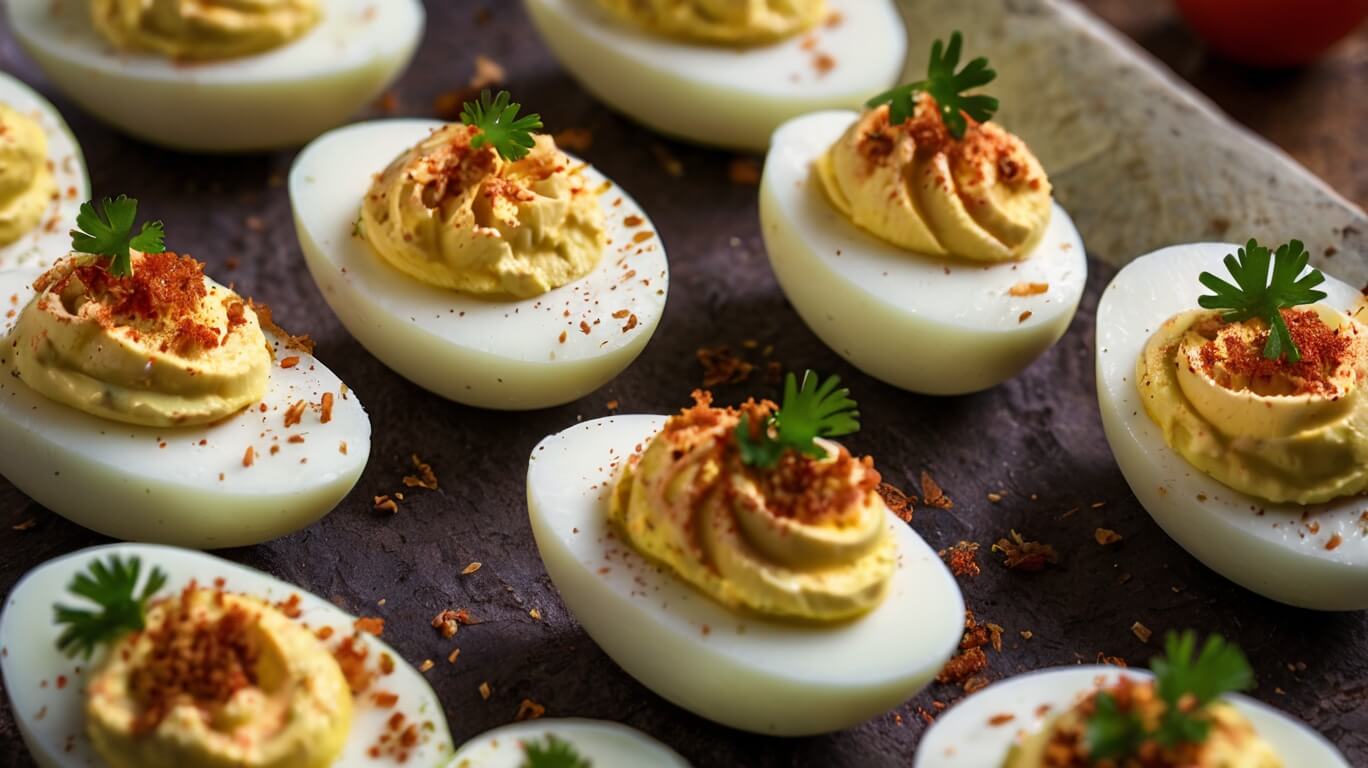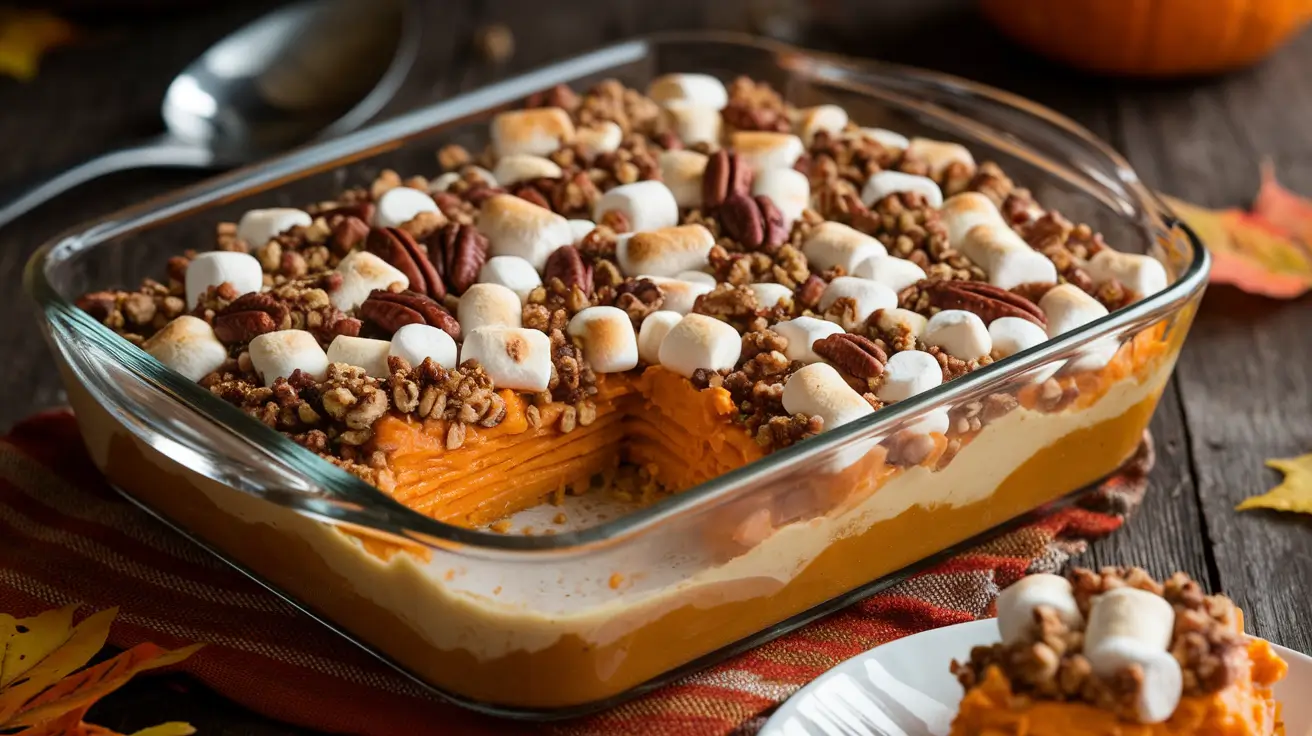Mastering the Art of Puff Pastry : A Comprehensive Guide to Flaky Perfection
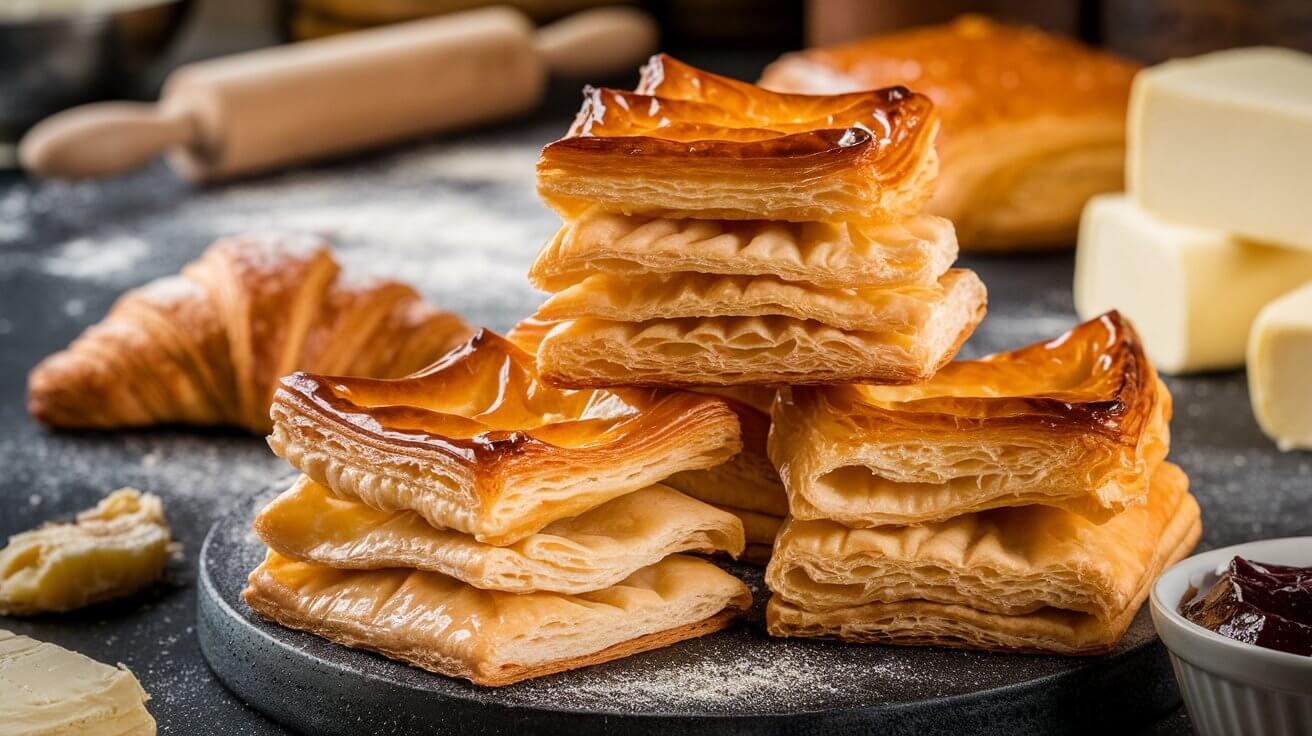
Unveiling the Magic of Puff Pastry
Puff pastry, a culinary marvel that has graced tables for centuries, continues to captivate food enthusiasts worldwide. From the buttery croissants adorning Parisian bakeries to the savory beef Wellingtons crowning fine dining menus, this versatile dough plays a starring role in countless dishes. In this exhaustive guide, we’ll delve into the history, science, and artistry behind puff pastry, equipping you with the knowledge and techniques to create your own flaky masterpieces at home.
Decoding Puff Pastry: What Makes It Unique?
Puff pastry, known in French culinary circles as pâte feuilletée, is a light, flaky pastry crafted from a meticulously laminated dough. This dough comprises alternating layers of butter and pastry, which, when subjected to heat, transform into the signature airy and crisp texture that puff pastry is renowned for.
The Alchemy of Puff Pastry
The true magic of puff pastry lies in its intricate structure and its behavior when exposed to heat. As the pastry bakes, the water content in the butter rapidly converts to steam, creating pockets of air between the dough layers. This process, aptly termed “lift,” causes the pastry to rise dramatically and separate into dozens of delicate, crispy layers.
Tracing the Roots: A Brief History of Puff Pastry
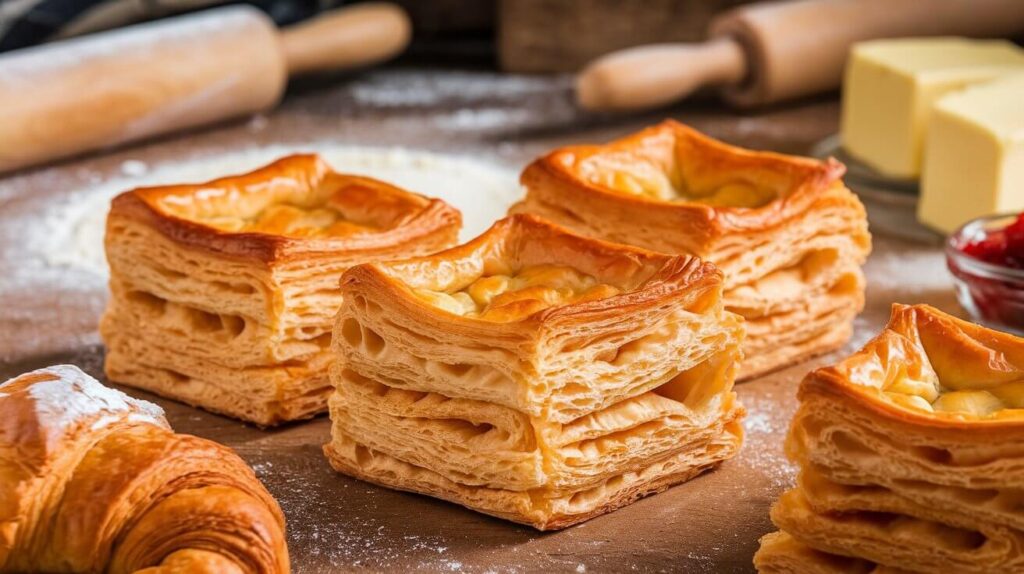
While the exact origins of puff pastry remain shrouded in culinary mystery, early versions of this delectable dough can be traced back to both Middle Eastern and European cuisines. However, the modern iteration of puff pastry is often attributed to the innovative French pastry chef Claude Gelée, who is believed to have refined the technique in the 17th century.
The Global Journey of Puff Pastry
Over the centuries, puff pastry has evolved and adapted to suit various culinary traditions worldwide. From the iconic croissants of France to the delicate strudels of Austria and the hearty empanadas of Latin America, puff pastry has seamlessly integrated itself into diverse global cuisines.
Exploring Puff Pastry Varieties
Puff pastry isn’t a one-size-fits-all dough. Several variations exist, each boasting unique characteristics and applications:
- Classic Puff Pastry: The traditional version, meticulously crafted with butter and flour.
- Rapid Puff Pastry: A simplified variant that requires less time to prepare while still yielding a satisfyingly flaky result.
- Inverted Puff Pastry: An intriguing variation where the butter envelops the dough layers, resulting in an even flakier texture.
- Rough Puff Pastry: A rustic version that’s more forgiving to make but still delivers a gratifyingly flaky texture.
Crafting Puff Pastry from Scratch: A Step-by-Step Guide
While pre-made puff pastry offers convenience, creating your own from scratch can be an immensely rewarding culinary adventure. Here’s a foolproof recipe to set you on your puff pastry journey:
Ingredients:
- 2 1/2 cups (313g) all-purpose flour, sifted
- 1 1/4 cups (283g) unsalted butter, chilled
- 1 teaspoon fine sea salt
- 1/4 cup (60ml) ice-cold water
Method:
- In a spacious mixing bowl, combine the sifted flour and sea salt.
- Dice the chilled butter into small cubes and incorporate them into the flour mixture. Use your fingertips to swiftly work the butter into the flour until you achieve pea-sized pieces.
- Gradually introduce the ice-cold water, mixing gently until the dough just comes together.
- Turn the dough out onto a lightly floured surface and shape it into a rectangle.
- Roll the dough out into an elongated rectangle, approximately 1/4 inch thick.
- Fold the dough into thirds, mimicking the folding of a letter.
- Rotate the dough 90 degrees and repeat the rolling and folding process.
- Wrap the dough securely in plastic wrap and refrigerate for a minimum of 30 minutes.
- Repeat the rolling and folding process 4-6 more times, ensuring to refrigerate the dough for 30 minutes between each set of folds.
Mastering Puff Pastry: Essential Tips and Tricks
Whether you’re working with homemade or store-bought puff pastry, these expert tips will help you achieve professional-quality results:
- Temperature Control is Key: Always work with thoroughly chilled puff pastry to maintain its delicate structure.
- Handle with Care: Use a light touch when working with the dough to avoid compressing the carefully created layers.
- Ensure Proper Oven Preheating: A hot oven is crucial for achieving the perfect rise and desired flakiness.
- Invest in Quality Tools: A sharp knife or pizza cutter will give you clean edges without compromising the layers.
- Master the Egg Wash Technique: Brush the pastry with a beaten egg before baking to achieve a golden, glossy finish.
Navigating Common Pitfalls: Mistakes to Avoid
Even seasoned bakers can encounter challenges with puff pastry. Here are some common mistakes to be mindful of:
- Overhandling the Dough: Excessive manipulation can lead to tough, chewy pastry instead of light and flaky layers.
- Using Warm Butter: Butter that’s too warm will blend into the dough instead of creating distinct layers.
- Skipping the Chilling Steps: Neglecting to chill the dough between folds can result in butter melting and ruining the layered structure.
- Inconsistent Rolling: Uneven thickness can lead to irregular baking and rising.
- Premature Oven Peeking: Opening the oven door too soon can cause the pastry to collapse before it’s fully set.
Unleashing Puff Pastry’s Versatility: Applications Galore
The adaptability of puff pastry makes it a favorite among both home cooks and professional chefs. Here are some popular ways to showcase puff pastry’s versatility:
Sweet Creations
- Fruit-Filled Turnovers: Encase your favorite fruit compote in puff pastry for a delightful handheld treat.
- Palmiers: Also known as elephant ears, these crispy, caramelized cookies are a classic French pastry.
- Mille-feuille: Layers of puff pastry filled with luscious pastry cream and topped with a delicate icing.
- Apple Tarte Tatin: An upside-down caramelized apple tart with a crisp puff pastry base.
Savory Delights
- Beef Wellington: A luxurious dish featuring tender beef tenderloin wrapped in a golden puff pastry crust.
- Cheese Straws: Twisted strips of puff pastry sprinkled with sharp cheese and aromatic herbs.
- Vol-au-vents: Delicate puff pastry cases filled with savory ingredients like creamy chicken or wild mushrooms.
- Sausage Rolls: A British favorite featuring seasoned sausage meat encased in flaky puff pastry.
Puff Pastry’s Global Influence: International Creations
Puff pastry has been ingeniously adapted into various dishes across different cultures. Here are some international puff pastry creations that showcase its global appeal:
- Croissants (France): Crescent-shaped pastries that have become a breakfast staple worldwide.
- Spanakopita (Greece): A savory pastry filled with spinach and tangy feta cheese.
- Empanadas (Latin America): Versatile filled pastries that can be baked or fried, with an array of sweet or savory fillings.
- Sfogliatelle (Italy): Shell-shaped pastries filled with sweet, creamy ricotta cheese.
Preserving Puff Pastry: Storage and Freezing Guidelines
Proper storage is crucial for maintaining the quality and integrity of your puff pastry. Follow these guidelines for optimal results:
- Refrigeration: Tightly wrapped in plastic, puff pastry can be stored in the refrigerator for up to 3 days.
- Freezing: Puff pastry freezes exceptionally well for up to 3 months. Thaw in the refrigerator before use.
- Baked Goods: Once baked, puff pastry items are best consumed fresh but can be stored at room temperature for 1-2 days.
Catering to Dietary Needs: Puff Pastry Variations and Alternatives
For those with dietary restrictions or preferences, several alternatives to traditional puff pastry exist:
- Gluten-Free Puff Pastry: Crafted with carefully selected gluten-free flour blends.
- Vegan Puff Pastry: Utilizes plant-based fats instead of butter.
- Whole Wheat Puff Pastry: Incorporates nutrient-rich whole wheat flour for added health benefits.
- Spelt Puff Pastry: Uses ancient spelt flour for a nuttier flavor and unique texture.
Elevating Your Skills: Advanced Puff Pastry Techniques
Once you’ve mastered the basics, consider exploring these advanced techniques:
- Laminated Dough Variations: Experiment with other laminated doughs like croissant dough or Danish pastry.
- Decorative Pastry Work: Learn to create intricate designs and shapes with puff pastry.
- Flavored Puff Pastry: Incorporate herbs, spices, or even cocoa into your puff pastry dough for unique flavor profiles.
- Puff Pastry Sculptures: Create impressive 3D structures using puff pastry as your artistic medium.
Troubleshooting Puff Pastry Challenges
Even with the best techniques, occasional issues may arise. Here are some common problems and their solutions:
- Insufficient Rise: This could be due to overworking the dough or using outdated leavening agents.
- Butter Leakage During Baking: The oven temperature may be too low, or the butter layers may be too thick.
- Uneven Coloration: Often results from inconsistent oven heat or varying dough thickness.
- Soggy Bottom Syndrome: Pre-bake the bottom layer or use a baking stone to ensure a crisp base.
The Evolution of Puff Pastry: Future Trends
As culinary trends evolve, so does the world of puff pastry. Here are some emerging trends to watch:
- Health-Conscious Versions: Incorporating alternative flours and fats for more nutritious options.
- Fusion Creations: Combining puff pastry with flavors and techniques from various global cuisines.
- Artisanal Puff Pastry: Small-batch, handcrafted puff pastry featuring unique flavors and locally sourced ingredients.
- Sustainable Practices: Emphasizing the use of organic, locally sourced ingredients and eco-friendly packaging.
Conclusion: Embracing the Art of Puff Pastry
Puff pastry stands as a testament to the artistry and science of baking, offering a world of culinary possibilities to those who master its techniques. Whether you’re a novice baker or an experienced chef, the journey of creating perfect puff pastry is one of continuous learning and delicious rewards.
Remember, the key to exceptional puff pastry lies in meticulous attention to detail, precise temperature control, and a gentle touch. Don’t be afraid to experiment, and above all, savor the process of creating these delicate, layered delights. With practice and patience, you’ll soon be crafting puff pastry creations that rival those of the finest patisseries.

